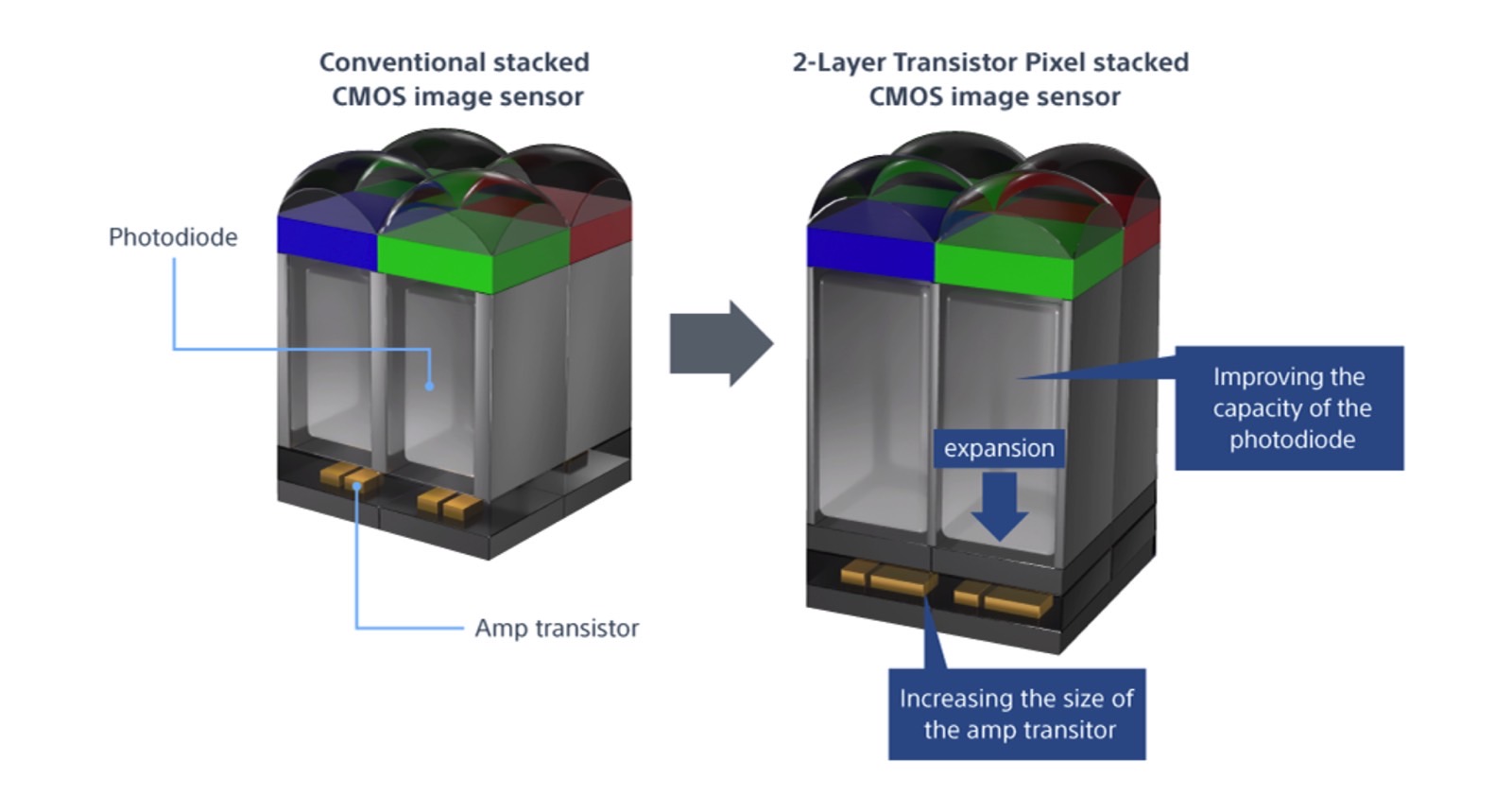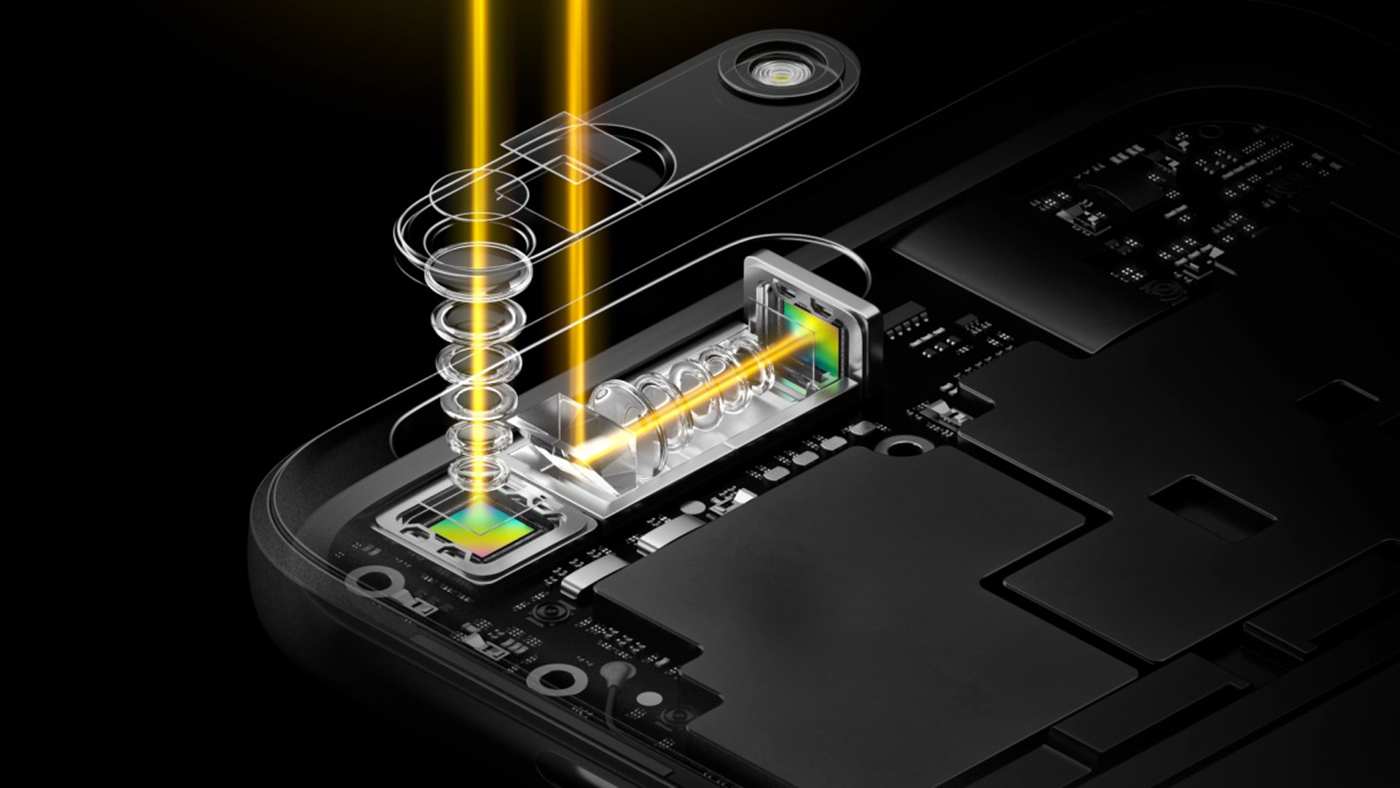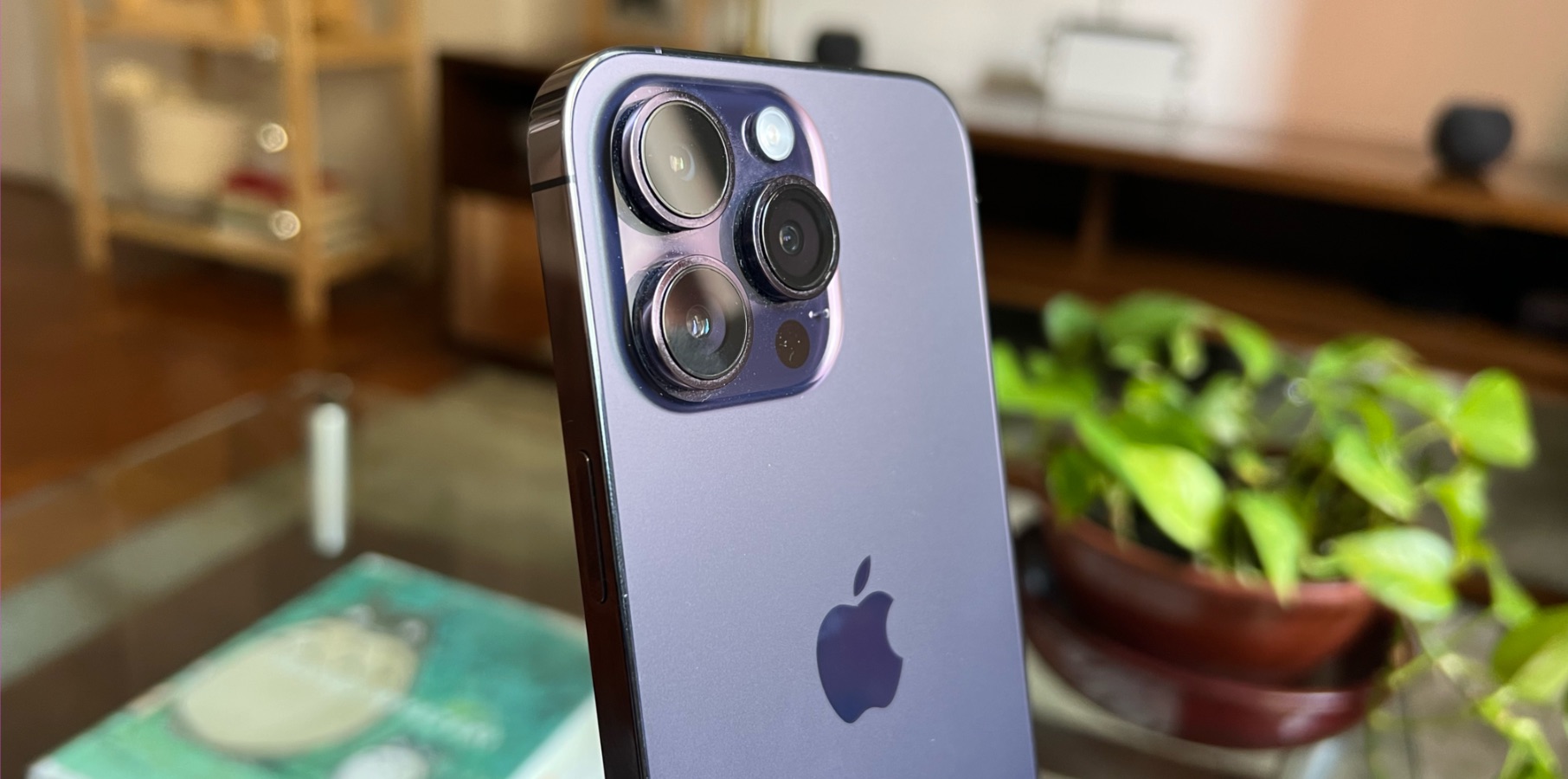We’re just a few days away from the iPhone 15 launch event, when millions of iPhone users due for an upgrade are already considering what model to purchase. The iPhone 15 Pros will get the most exciting upgrades, but you’ll have to pay a higher price. The iPhone 15 and 15 Plus will be much better propositions than their predecessors, but some buyers may not be happy with these iPhone 14 Pro-like devices.
While you wait for Apple to reveal all the new iPhones’ secrets, there is a new iPhone 15 camera leak that might help you decide which handset to buy. After all, the iPhone camera plays a major role in our lives.
We have seen plenty of camera rumors and know the general idea. This year, the iPhone 15 Pro Max will be the only model to get a periscope zoom lens. Moreover, the iPhone 15 and 15 Plus will feature 48-megapixel cameras, just like the iPhone 14 Pros and the 15 Pros.
But we’ve also known for a while that the 48-megapixel cameras will not be the same. And that the iPhone 15 and 15 Plus might actually get Sony’s new stacked sensors. That’s Sony’s 2-layer (photodiode + pixel) transistor.
The new iPhone 15 camera leak comes from MacRumors. The blog says it has obtained detailed information for each iPhone’s camera specs.
iPhone 15 and 15 Plus
The cheapest iPhone 15 models will get the following sensors:
Main Camera: 48-megapixel image sensor, ƒ/1.6 aperture
Ultra Wide Camera: 12-megapixel image sensor, ƒ/2.4 aperture
MacRumors notes that the 48-megapixel sensor isn’t the Sony IMX-803 camera that Apple used in the iPhone 14 Pro models. The same IMX-803 will also be found inside the upcoming iPhone 15 Pro variants. Instead, Apple toyed with two possible sensors. One is Sony’s stacked camera sensor system, and the other is a regular one.

The former sensor, featuring that 2-layer system, is the most exciting. This would actually represent an upgrade over the 48-megapixel camera in the iPhone 15 Pro. That’s because the sensor can capture more light and can reduce noise. The sensor would improve low-light photography while also improving dynamic range.
The comparison image below shows the advantages of the stacked sensor over regular ones.

While MacRumors can’t say whether the iPhone 15 and 15 Plus will feature a stacked 48-megapixel sensor, TrendForce claims in a new smartphone camera-related report that’s the sensor Apple has chosen for the cheaper iPhones:
But the star of the [iPhone 15] show will be the camera upgrades—a pivotal factor that could tip the scales for potential buyers. Both the iPhone 15 and iPhone 15 Plus will boast Sony’s 2-Layer (Photodiode + Pixel) Transistor Pixel, designed to extend the dynamic range of imaging. Meanwhile, the iPhone 15 Pro Max will be equipped with a Periscope Lens Module that can increase the device’s optical zoom capabilities.[…]
TrendForce anticipates that the future’s next big leap will pivot toward fine-tuning CIS structural designs—like the cutting-edge dual-layer transistor pixel architecture soon to be showcased in the iPhone 15 and 15 Plus. By ingeniously re-engineering the structure and materials of the photodetectors, the industry can push sensor performance to new heights.
Sony’s video below further explains the 2-layer transistor pixel camera sensor.
iPhone 15 Pro camera specs
MacRumors also lists the camera specs for the iPhone 15 Pro, pointing to upgrades for both the ultra-wide camera and the zoom lens:
Main Camera: 48 megapixels, Sony IMX-803 image sensor, ƒ/1.78 aperture
Telephoto Camera: 12.7 megapixels, ƒ/2.8 aperture
Ultra Wide Camera: 13.4 megapixels, ƒ/2.2 aperture
Both cameras are getting small resolution bumps that should improve photo quality. As for the main camera, Apple will continue to use Sony’s IMX-803 image sensor.
iPhone 15 Pro Max gets a periscope lens
The iPhone 15 Pro Max will also feature a triple camera lens with similar resolutions. The big difference is that the telephoto zoom lens will be a periscope camera:
Main Camera: 48 megapixels, Sony IMX-803 image sensor, ƒ/1.78 aperture
Telephoto Camera: 12.7 megapixels, ƒ/2.8 aperture, periscope lens
Ultra Wide Camera: 13.4 megapixels, ƒ/2.2 aperture

The main benefit from operating a periscope camera lens is better optical zoom. The iPhone 15 Pro Max should offer 5x to 10x optical zoom compared to 3x for the iPhone 14 Pro Max.
The switch to a periscope camera forced Apple to increase the size of the entire rear-facing camera module. Apple also redesigned the internal space to accommodate the periscope camera.
MacRumors also notes that the iPhone 16 Pro and 16 Pro Max will both get periscope cameras next year. Apple will slightly increase the size of the next-gen Pros to obtain additional internal space for the camera.
The blog also notes the leaked iPhone 15 camera specs come from pre-production information. Things might have always changed. We’ll know everything about the iPhone 15 cameras next week. Apple will surely dedicate an entire segment from the presentation to the cameras. The specs will then be listed on Apple’s iPhone 15 web pages.

